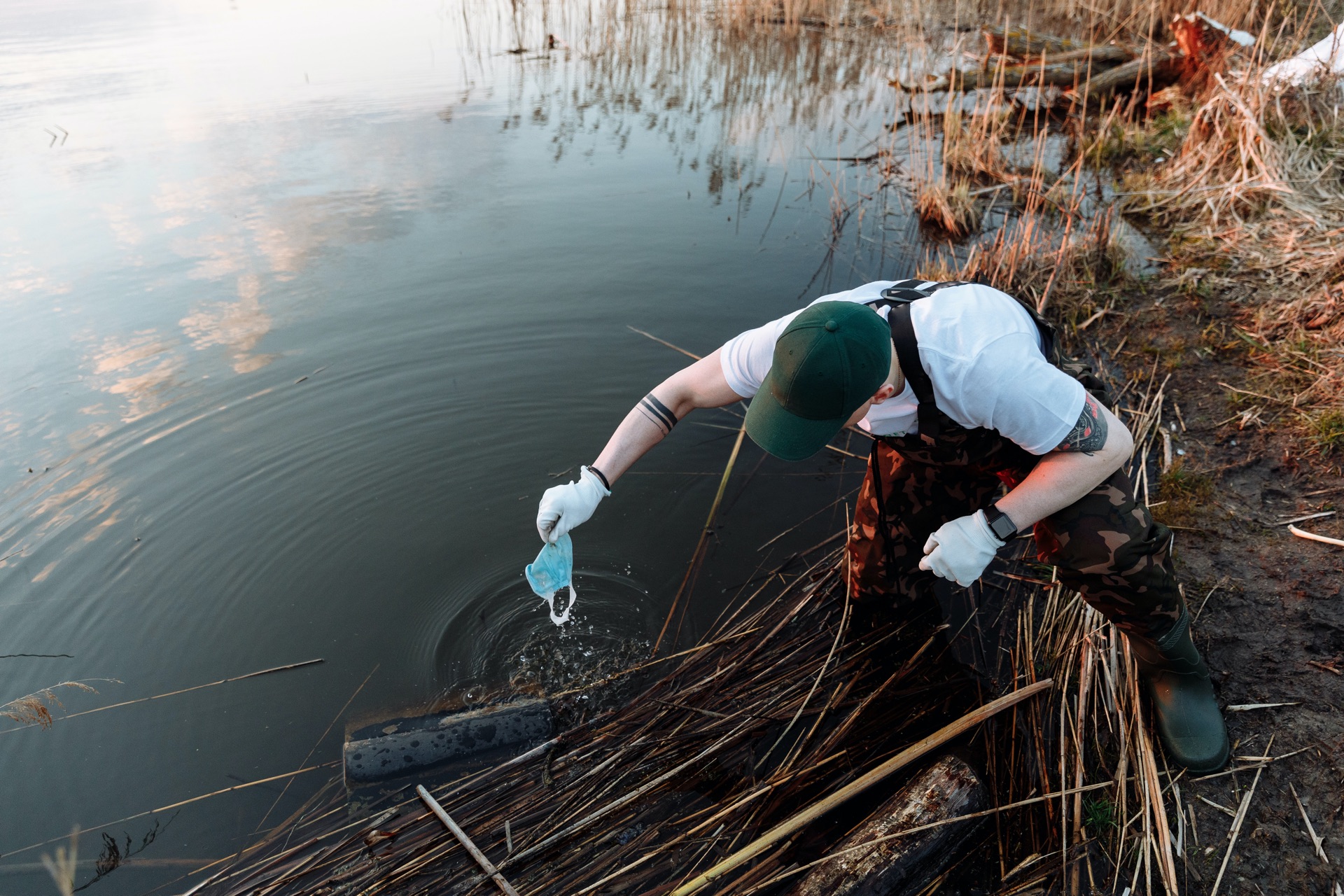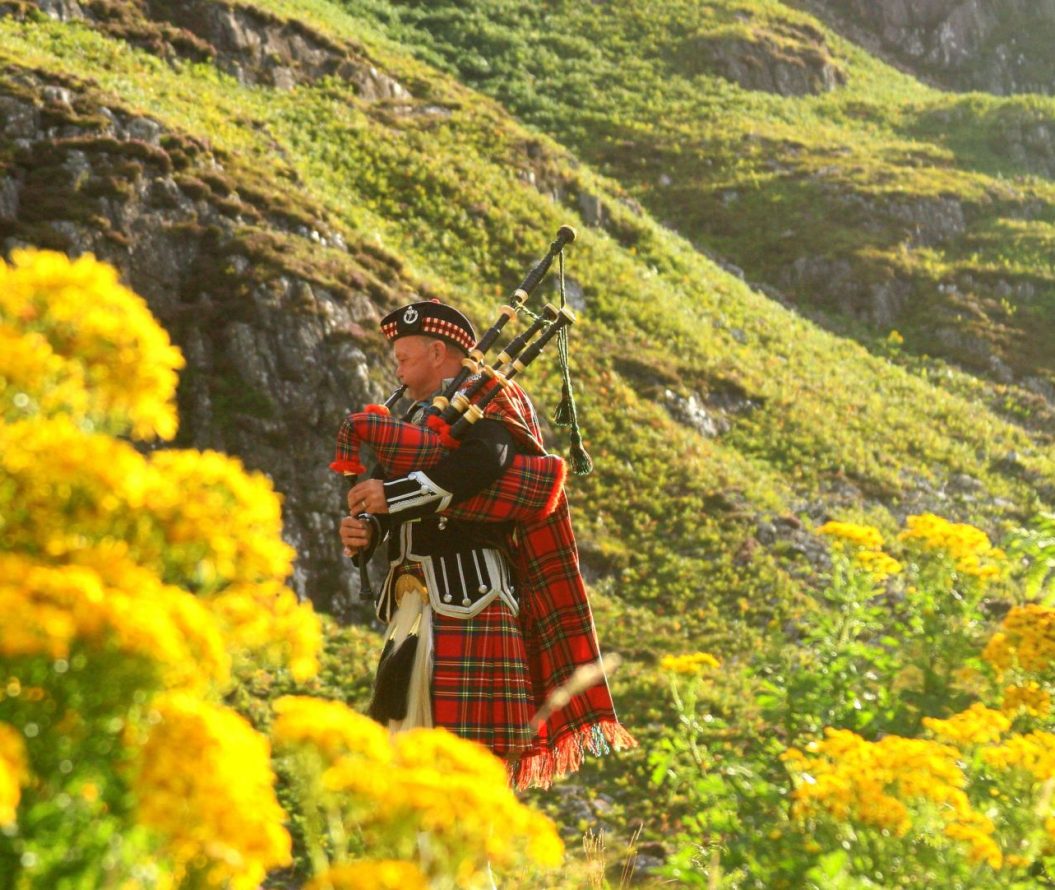Hi, I am George. I am a third year Geography student, I started creating content in my first year and have enjoyed every minute of it- I especially enjoy writing about environmental issues.

Ranger Volunteer Day: Doddington Hall
This week for climate week I decided to put myself forward to volunteer as a ranger for the day at…
November 7, 2022,
read.
This week for climate week I decided to put myself forward to volunteer as a ranger for the day at the Doddington Hall estate. Doddington has committed itself to an 100 year project which aims to bring nature back to the estate, in other terms they are looking to rewild the estate which consists of returning natural systems back to what they were before human interference. In the literature, this often involves species reintroductions and returning the land to an uncultivated state. Here I will walk through what we did on the day and its importance for the project.
Earthworm surveys
To begin the day we were tasked with conducting surveys of Earthworms on one of the sections of land which had formally been used for agriculture. First we had to use a shovel to dig a square of earth up which was about 1/3 of a metre deep, this was then spread upon a piece of tarp and the Earthworm counting began. There were three main types of worm we were looking out for which each had different ways of breaking down organic matter in the soil, for example, Epigeic worms live on the surface the soil usually in areas of high organic matter whereas Endogeic Earthworms will move horizontally across the upper soil layers. We also had to distinguish between juvenile and adult worms by the absence of the recognizable collar often seem on Earthworms. Good quality soils will usually have a high percentage of Earthworms as it is a good indicator that there is plenty of organic matter and therefore nutrients, all of the samples we took were filled with worms! This was especially exciting as it shows a progression from the low quality soils often found on agricultural land due to the constant tilling of the soil and lack of vegetative variation.
Old fence removal
This task was more symbolic as it represented the goals of the Doddington rewilding project in a nutshell, to break down past human obstacles and allow nature to recreate it’s own boundaries. We removed an old wooden fence which was rotting away along a line of Oak trees, after removing the fence we stood beneath the trees and had a discussion about different aspects of the project, whilst doing so we noticed that some of the acorns scattered all over the floor had started sprouting roots. Again this was an encouraging sign that when left to its own devices, nature can sustain itself and produce new ecosystems which have the ability to support multiple different life forms.
Hunting field mice nests
The final task of the day consisted of the group trying to spot field mice nests amongst the overgrown grasses in one of the fields. Field mice leave their nests very quickly after they have been born, this can be as quickly as just six weeks so we were looking for empty nests. When making their nests in grasses, field mice will weave the strands together to create a bowl shape which they can climb into, we used long sticks to prod the overgrown vegetation to check for signs of nesting and did manage to find a nest! This let us know that allowing the grass grow longer than usual helps provide more habitat space for more species. The presence of fied mice also suggests that there might be other predator species attracted to Doddington such as Owls and other birds of prey.
Overall the day was extremely interesting and gave an insight into rewilding in practice, I highly recommend partaking in their volunteering opportunities and hopefully this article has motivated you to do just that!
- Topics
- Climate change
- Outdoors
- Volunteering




